Just 11 days into his second term, Donald Trump signed an executive order called "Unleashing Prosperity Through Deregulation," which begs the question: Will it do exactly that?
The complicated answer: Maybe.
And with Donald Trump back as commander in chief, and new executive orders coming out every week, we decided to take a closer look at the history, process and impact these White House mandates have.
Understanding their role within U.S. parliamentary procedure provides insight into their advantages, challenges and long-term effects on businesses and society.
What are executive orders?
Presidential executive orders have long been a central tool for U.S. presidents to implement policy, address urgent issues, and guide the operations of the federal government. As a directive issued by the president to federal agencies or officials, an executive order carries the weight of law without requiring congressional approval.
They are legally binding directives issued by the president, typically grounded in the authority granted by the U.S. Constitution or statutory law. They serve a variety of functions, from managing federal agencies to responding to national emergencies and clarifying the enforcement of existing laws.
To use a boxing analogy, as my colleague Brandy Jordan did so deftly recently, an executive order is like a stiff jab. It hits quickly but it's impact can vary, depending on the details and execution. A bill that Congress passes and the president signs into law, on the other hand, is more like a left hook—a knockout punch that is hard to overcome (or, in political speak, overturn).
While executive orders bypass the legislative process, they must adhere to constitutional limits and can be challenged in court. For example, while Trump's order to end birthright citizenship has drawn legal challenges from 22 states—checks and balances at work. In comparison, his decision to "unleash prosperity" with the stroke of a pen has not attracted nearly as much ire.
Advantages of executive orders
One of the primary advantages of executive orders is their ability to facilitate swift action. In times of crisis, such as natural disasters, pandemics, or economic downturns, immediate federal action is often necessary. Executive orders allow the president to act quickly without waiting for the often lengthy legislative process to unfold.
Additionally, executive orders can be instrumental in clarifying ambiguities in existing laws.
When Congress passes broad or vague legislation, the executive branch is responsible for its implementation. Executive orders can provide federal agencies with specific instructions on how to enforce these laws efficiently and uniformly.
Executive orders also enable presidents to advance their policy priorities, especially in a politically divided government where passing legislation through Congress may be difficult, that being the case today, as Republicans control both the House and the Senate but with very slim majorities.
By leveraging their executive authority, presidents can enact key policy measures that may otherwise face legislative gridlock.
Historically, presidents have used executive orders to address pressing national matters. For example, President Abraham Lincoln’s Emancipation Proclamation (1863) freed enslaved people in Confederate states, and President Franklin D. Roosevelt’s Executive Order 9066 (1942) authorized the internment of Japanese Americans during World War II.
In more recent times, executive orders have been employed to set environmental policies, regulate labor protections, and adjust immigration enforcement.
Challenges and controversies
Despite their advantages, executive orders are not without controversy. One of the most significant concerns is the potential for executive overreach. Since executive orders do not require congressional approval, they can be perceived as bypassing the democratic process.
Critics argue that overuse of executive orders concentrates too much power in the executive branch, undermining the checks and balances of the U.S. government.
Unlike legislation, which requires congressional action to modify or repeal, executive orders can be easily overturned by subsequent administrations. This can lead to policy instability, particularly when control of the White House shifts between political parties.
A great example is immigration policy. Obama earned the nickname "Deporter in Chief" due to a record number of deportations during his administration. Trump took that baton and ran with it, implementing his Remain in Mexico order.
Then, Joe Biden decided to undo Trump's executive orders on border security, igniting a debate revolving around potential violations of Article IV, Section 4 in the Constitution, while fueling Trump's return to office.
Any appearance of impropriety can prompt legal challenges, another vulnerability of these orders.
This has happened in cases such as President Harry Truman’s attempt to nationalize the steel industry (Youngstown Sheet & Tube Co. v. Sawyer, 1952) and President Trump’s travel ban, which faced multiple judicial battles before being upheld in a revised form.
Additionally, executive orders are sometimes written in broad and ambiguous language, leaving room for interpretation by federal agencies, giving unelected bureaucrats significant discretion in how they implement these directives, leading to inconsistencies in enforcement and unintended policy outcomes.
Such nebulous language can lead to regulatory uncertainty, affecting businesses, local governments, and the general public.
Growth and consequences
This brings us back to the order to unleash prosperity.
You've probably heard the mainstream media criticisms that eggs are still expensive, and other groceries, too. There are a couple of reasons for that:
1. The bird flu led to the slaughter of thousands of chickens, as we mentioned in our latest edition of In The News.
2. The economy is like an athlete. Staying in shape is easier than getting back in shape.
Hence, the decision to eliminate much of the bureaucratic red tape that stymies many people who want to start businesses.
Deregulation sounds great, especially for small and medium-sized businesses (SMBs), which tend to have less capital than corporate conglomerates. But this can also bring unintended consequences because corporations, with their army of lawyers, might exploit less regulation and weaken consumer protections.
Preventative measures aimed solely at these mega-businesses becomes challenging as well, thanks to the equal protection clause in the 14th Amendment.
In other words, executive orders can have wide-ranging impacts on businesses and how quickly they come to fruition is dependent on a variety of factors including the current state of the economy.
Executive Orders in the broader political and policy-making process
Executive orders fit into the broader policy-making process as a tool for presidents to shape policy within the limits of their constitutional powers. But they do not replace legislation. While they can direct federal agencies and address regulatory matters, executive orders cannot create new laws or allocate money beyond what Congress has appropriated.
Moreover, executive orders often reflect a president’s broader policy agenda. They can signal priorities to Congress, the public, and interest groups, setting the stage for legislative proposals.
In some cases, executive orders may even pressure lawmakers to act, either by demonstrating the feasibility of a policy or by prompting political opposition that leads to formal legislative action.
Additionally, executive orders play a role in shaping public perception of a president’s leadership. A decisive use of executive orders can portray a president as strong and action-oriented, while excessive reliance on them may be seen as an inability to work with Congress.
As such, presidents must balance the use of executive orders with efforts to build consensus and pursue long-term legislative solutions.
Moderation
Presidential executive orders are a powerful mechanism for directing federal policy and addressing immediate challenges. They offer advantages in terms of efficiency, clarity, and the ability to bypass legislative gridlock.
Moderation, though, might be the key for any president. Limitations—including concerns about executive overreach, legal vulnerability, policy instability and bureaucratic interpretation—highlight the need for careful use.
As for us, it's important for us to understand their role. Not only will this limit any overreaction to an untrustworthy mainstream media (whether it's left-leaning MSNBC or right-leaning Fox News), our newfound knowledge of this political tool will illuminate the balance between executive authority and accountability in the U.S. political system.
.png?width=150&height=63&name=TWRlogo-regmark_blueblack%20(1).png)
.png)

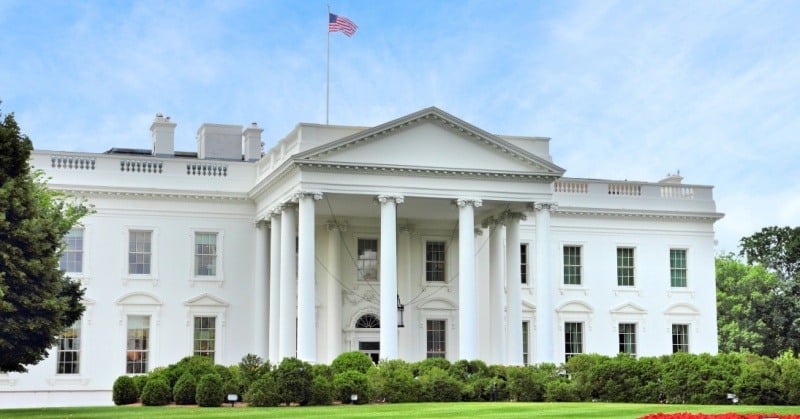

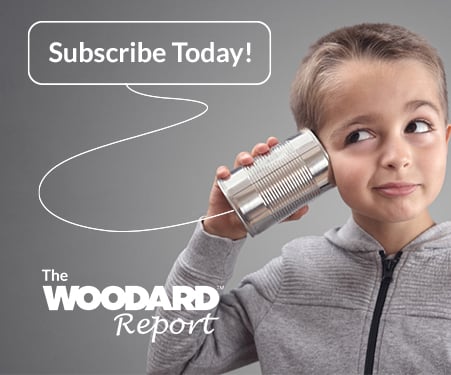

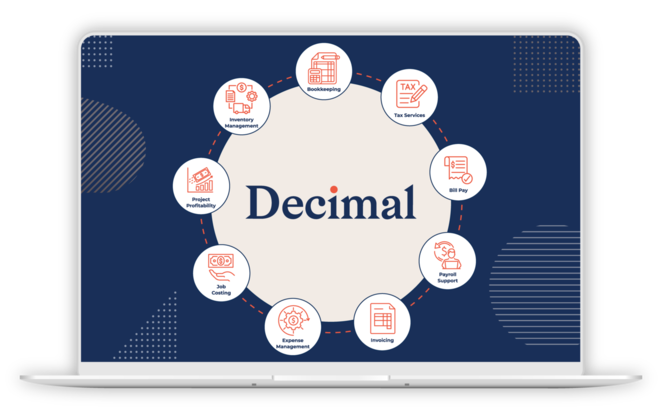
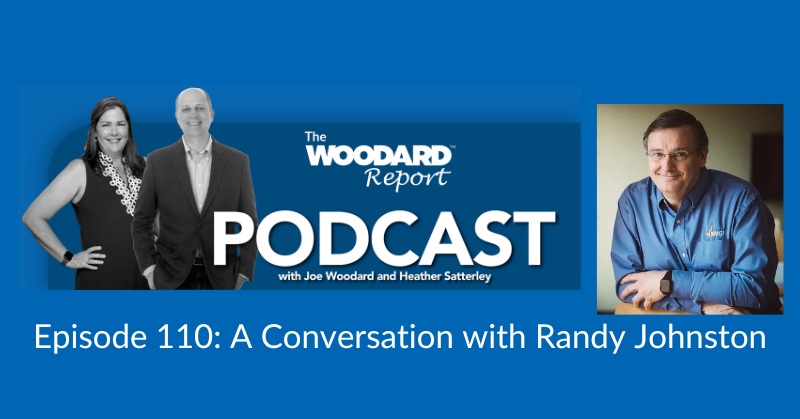


Do you have questions about this article? Email us and let us know > info@woodard.com
Comments: